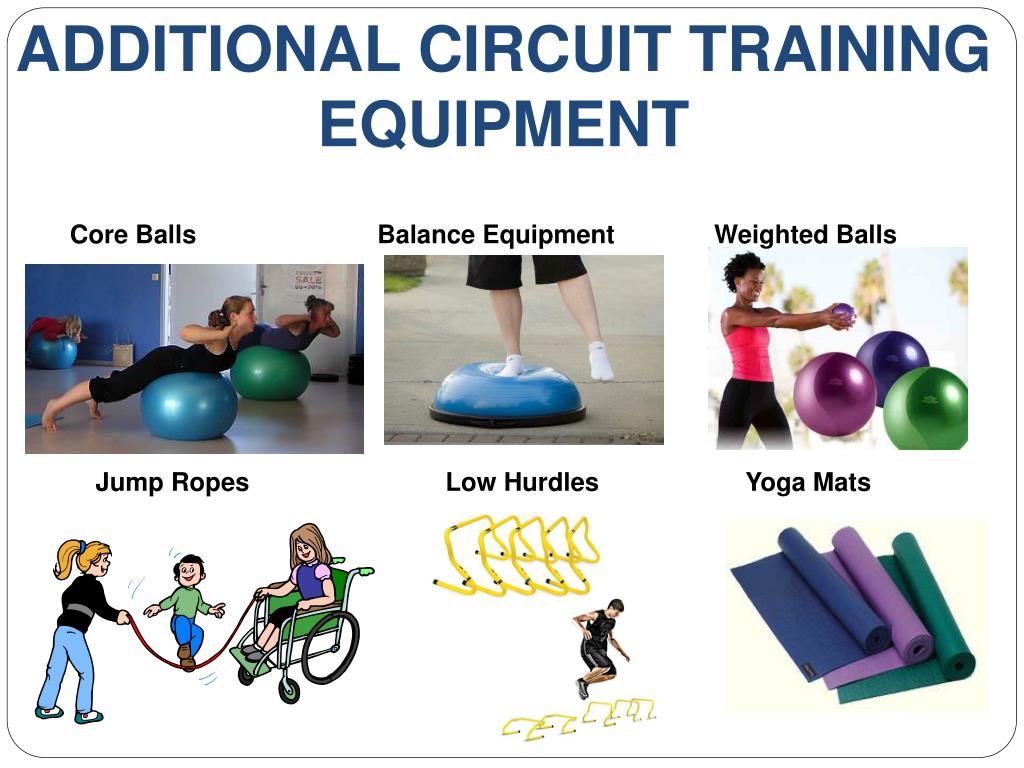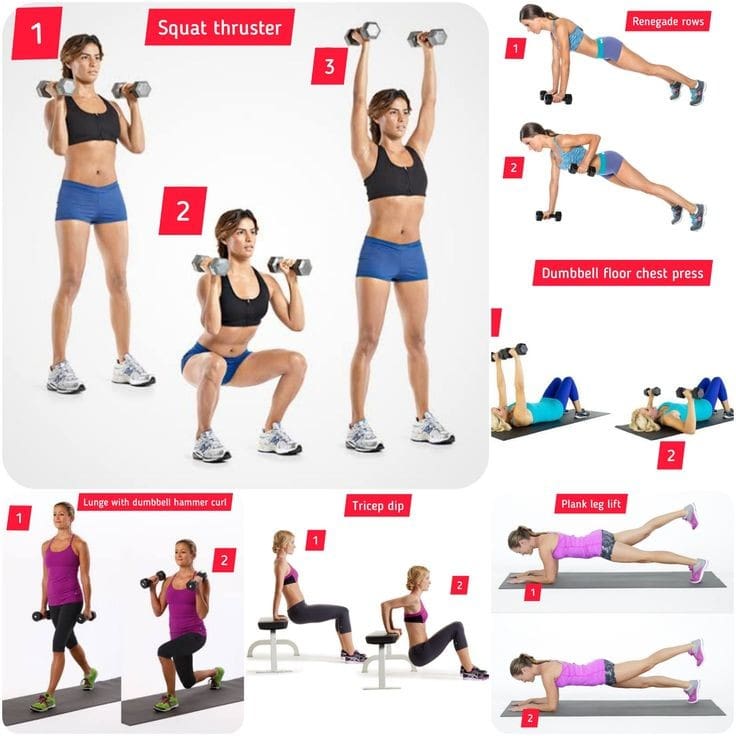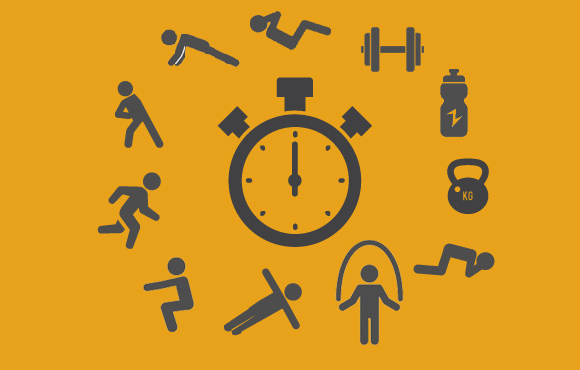How Effective is Circuit Training for Beginners?
If you’re just starting out in the gym and wondering how effective circuit training is, let me show you what it’s all about. Circuit training has been around for decades, but it’s only recently been getting mainstream media attention due to the popularity of high-intensity workouts like CrossFit and HIIT training. In this article, I’ll go over exactly what circuit training is and whether or not it can be effective as a beginner workout plan. Let’s get started!
What Is Circuit Training?

One big advantage of circuit training is that you can tailor your workout to focus on different areas of fitness at once. You may start with something that emphasizes cardio, or you might work through an entire circuit targeting only strength. This ability to target specific areas while working out gives circuit training a distinct advantage over traditional exercise routines. One major advantage of circuit training is the lack of boredom. In many cases, people get bored and stop exercising because they do the same routine every day. With circuit training, you never do the same thing twice in one session and often change exercises within each set so there’s always a new challenge to overcome. Another major advantage of circuit-training workouts is the low injury risk. Unlike other high-impact workouts like running, when you switch from one exercise to another during a circuit, the body isn’t shocked into action. It gradually builds up momentum before moving on to the next activity. Therefore, it takes much less time to recover from these types of workouts than higher impact activities like running which means less downtime.
A final major benefit of circuit training is that it’s easy on your joints and muscles.
What Type of Equipment Is Used in Circuits?

The most effective circuits use free weights or adjustable machines, but you can make do with cardio equipment. With free weights, it’s important to have a spotter around when you start out. It’s also best to only lift between 45 and 75 percent of your one-rep max (1RM) when circuit training, as lifting too heavy can lead to injury. If no spotter is available, don’t get fancy—just stick with basic lifts like squats, bench presses and lunges. Move quickly from exercise to exercise and complete 10 reps per move before moving on. To keep the intensity high, shorten the rest periods between exercises so that you’re constantly working at near-max effort. For example, instead of taking two minutes between sets, try 30 seconds. In addition to decreasing the rest time, increase the number of repetitions per set: go from 15 to 20. Circuit training will maximize fat loss while preserving muscle mass because it includes both aerobic and anaerobic components in each workout session. What’s more, workouts are shorter in duration than traditional endurance training sessions. According to research published by the American College of Sports Medicine, individuals who performed circuit weight training twice a week over 12 weeks had decreased body fat percentage and increased muscle mass.
Commonly Performed Exercises in Circuits

Select 2 or 3 exercises (e.g. push-ups, pull-ups, and dips) that you are skilled at, and have a partner alternate doing them with you. For example, he can do a push-up for 30 seconds and then you do a jumping jack for 30 seconds. round one consists of: thirty seconds of pull-ups, thirty seconds of mountain climbers, and so on. Spend one minute between each set to catch your breath and maintain a steady pace without cutting corners. Alternate exercises until you have done one set of 3-6 minutes. After three to five rounds, depending on your fitness level, take a break in between rounds, even if it’s only for a minute, to avoid becoming too tired. A good goal is to push yourself enough to get a solid workout, but not be so exhausted that you can’t do another round. Make sure you have more gear on hand when you complete a round early, such as kettlebells, dumbbells, medicine balls, or battle ropes. When we do circuit training, we challenge our muscles and cardiovascular system and allow for little rest in between workouts.
Myths About Circuit Workouts

There are many myths associated with circuit training. One of these is that they aren’t effective because they require high repetitions, which means you can’t lift very much weight, and therefore you can’t build muscle mass quickly. This couldn’t be further from the truth, though. Although you don’t want to go too heavy during circuit workouts (doing so will most likely lead to injury), a light-to-moderate weight load should still elicit positive muscle gains and other health benefits. You also have your rest time between exercises to recover before moving on to your next set of reps, so intensity level shouldn’t be an issue. What else could be holding you back from trying circuit training? Lack of equipment or space in your home? No problem! Most gyms offer circuit classes as well as complete circuit workout machines that you can use at home. As long as you have some space to move around in, there’s no excuse not to try this efficient way to burn fat and sculpt lean muscles. One thing to note about circuit training is that it’s best suited for people who already have some form of cardiovascular fitness, since the cardiovascular component plays such a big role in this type of workout. It’s important to understand how long each set takes and what your maximum heart rate is when beginning a new routine, but once you’re comfortable with it all, anything goes!
Sample Workout Routine for Beginners

If you’re just starting to get in shape and are looking for a way to shed a few pounds, circuit training might be right up your alley. This workout style has become increasingly popular over recent years because it provides effective full-body exercise that can help you lose weight, tone muscles, and build strength with less time spent in training. With circuit training, there’s no rest period between different sets of exercises. Instead, you alternate between different exercises at high intensity until you reach failure; then you go onto a new exercise set. Circuit training requires relatively little equipment (you won’t need anything except weights or kettlebells), so it can easily be implemented at home or in most gyms.




